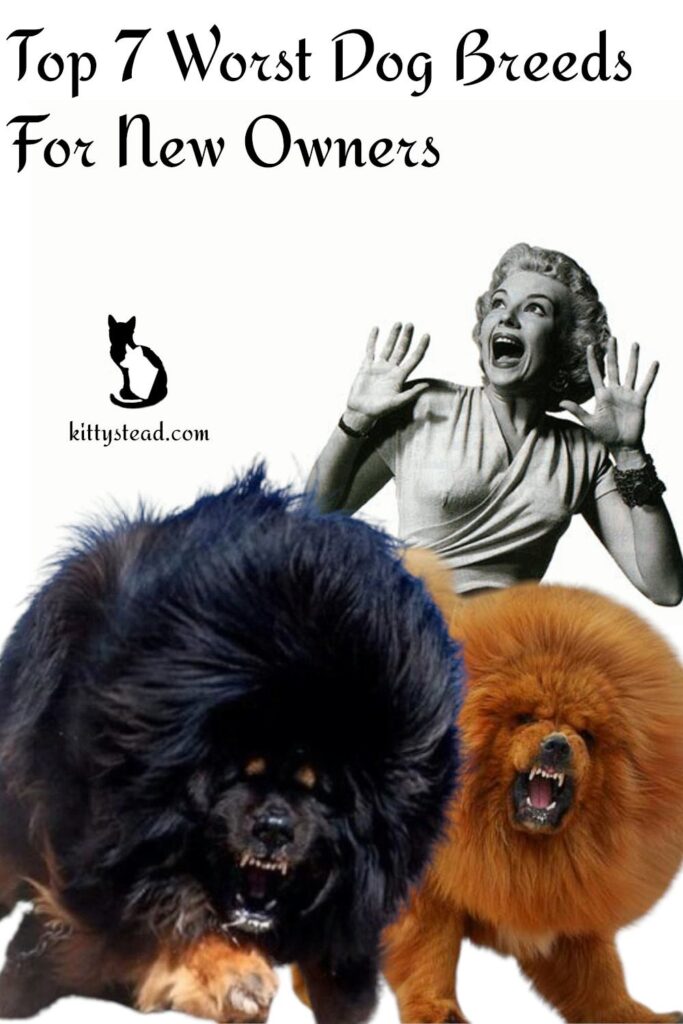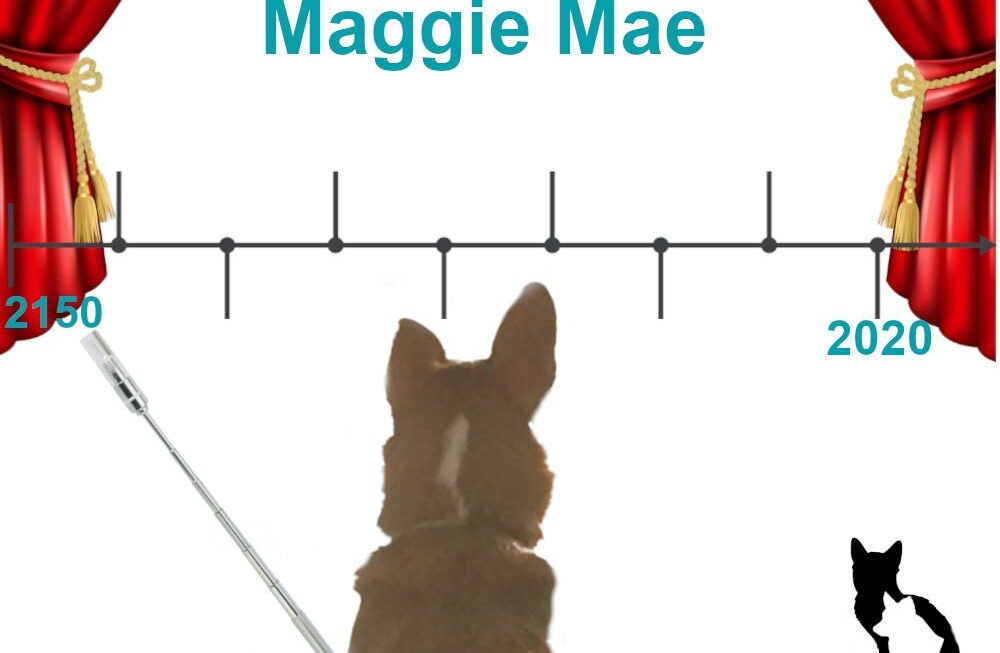Hello everyone and welcome back to Kittystead. Previously we went over a few lists for you guys: Top 5 Worst Cat Breeds FOR NEW CAT OWNERS and 5 Worst Dog Breeds For Cat Owners, and it struck us we never had the conversation about our canine friends in general for NEW OWNERS. With the new year upon us, you might be thinking it is time to add a new member to your family so hope our timing helps with your decision-making. There are a lot of breeds that would not be good for new owners but these puppers made our top 7 list.
This post contains affiliate links. We may earn compensation when you click on the links at no additional cost to you.
Before we begin the list please be aware that breeds such as Pitbull, and Rottweilers are not going to be on this list. Through the years, these dog breeds have received a bad reputation that we truly feel is underserved. We mostly believe the ones with the bad reps have just received bad training or basically had bad owners. Pitbull and Rottweiler breeds are very protective of their family members and are in fact, big babies. The dogs on today’s list might surprise you but I assure you we have seen people get some of these breeds and then get rid of them because they had no idea what they were getting themselves into. So without further ado let us begin.
1. Siberian Husky
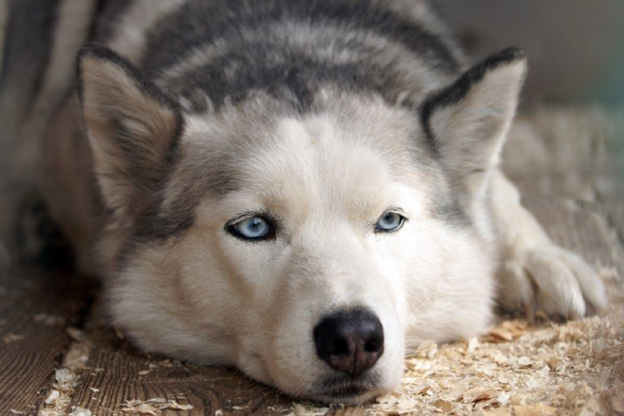
The Siberian Husky has a happy nature that makes him sound like the ideal dog, especially if you live in a cold climate but this breed was bred to pull sleds over long distances, and their liveliness reflects that. With that said a short walk around the block will not do for this breed. Providing a safe outdoor space for a Siberian Husky could also be a challenge, and not just because they need big yards. Siberian Huskies have developed a reputation as a capable escape artist. Siberian Huskies are prone to mischief if left to themselves and have a high prey drive, which first-time owners may have a hard time controlling, especially off-leash.
2. St. Bernard
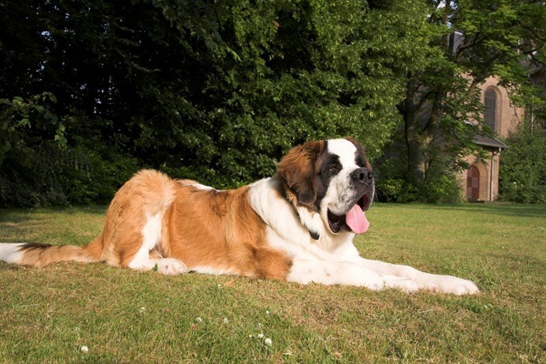
The St. Bernard breed is also known as the gentle giant. However, we still do not recommend this breed to novice dog owners. Despite St. Bernard’s massive size, they actually prefer staying indoors. That is partially because they are prone to heatstroke but also because they love hanging out with their family. In addition to dog-proofing your home for such a large animal, you should also expect to clean up buckets of drool, and to try to keep your St. Bernard from eating items like socks and dishtowels is not the easiest task for brand-new dog owners.
3. Dalmatian
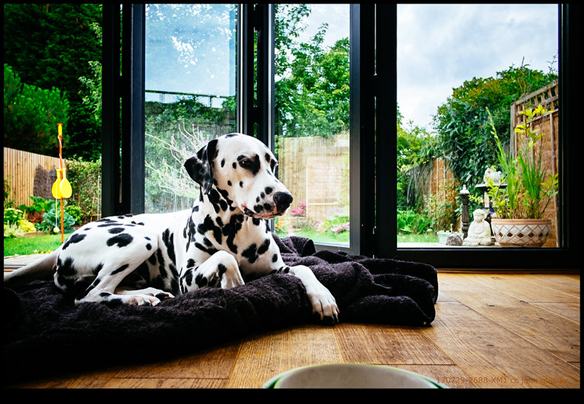
Many people love the distinctive look of the Dalmatian. Whether it was the movie of 101 Dalmatians that brought your attention to this breed or the Dalmatian being the famous dog breed of the fire department we strongly recommend that first-time dog owners choose a different breed. The traits that make the Dalmatian a great working dog can make him a challenge in the home. He/she has an endless capacity for exercise and can be destructive when bored. Also, you wouldn’t guess with their short coat but Dalmatians are notoriously heavy shedders who will keep you busy with the vacuum cleaner.
4. Great Dane

Next on our list is the Great Dane. The Great Dane will do what they want if not trained properly and considering fully grown males can weigh 140lbs to 170lbs and females 110lbs to 140lbs, they can easily overwhelm a furparent who isn’t ready to stand up to them. A Great Dane requires consistent, positive training, plus firm boundaries. That can get difficult for a novice owner to pull off, especially if you are also busy trying to keep the breed’s strong prey drive in check. The Great Dane is a poor choice for first-time dog owners since the breed is challenging even with obedience training.
This post contains affiliate links. We may earn compensation when you click on the links at no additional cost to you.
5. German Shepard
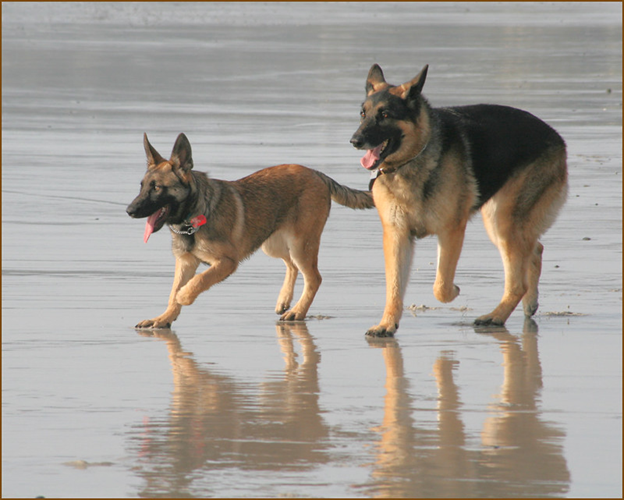
Most people have seen a German Shepherd in action as a guide dog or with the military or police. However, the German Shepherd breed’s well-known intelligence does not make the German Shepherd an easy dog for novice pet owners. There’s little this breed can’t do with the right training, but that’s exactly why he’s not ideal for newbies. It takes quite a bit of training, exercise, and dedication to stay ‘smarter’ than they are. And when we say quite a bit of training we are talking hours of the day for weeks. Most people do not have the time to train them properly. German Shepherds also require obedience training to prevent their protective nature from posing challenges to their owners. You may also need to deal with the health issues that this breed is known to have like hip dysplasia and neurological problems. Quick story, we have a friend that had a German Shepherd, now we did warn him of this breed, but some people have to learn for themselves. He worked with the dog for about a month but was not training him properly so the training was not sticking. The puppy would still chew on wires and tear stuff up. This friend had to give the dog up. Lucky enough, he found a family that knew how to train this breed and they were happy to take him in.
6. Australian Cattle
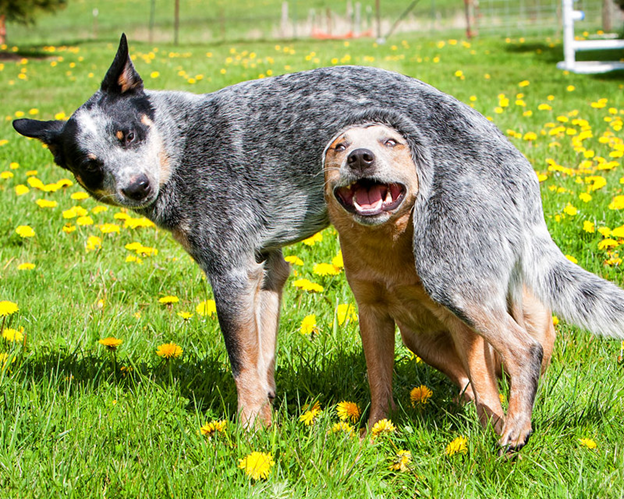
The Australian Cattle Dog also goes by the name Blue Heeler or Australian Heeler. Sadly, whatever the name the breeder or the shelter calls them, they are not the ideal fit for a brand-new dog owner. The Australian Cattle Dog is incredibly smart, but they have a reputation for being stubborn and having the energy to spare. Also not to mention a truly adventurous spirit and belief in their own invincibility that will leave you wondering how they will injure themselves next. Additionally, Australian Cattle Dog owners must establish themselves as the pack leader to promote a harmonious household. Most new owners think that sounds easy enough, but we assure you it takes a little bit more than just pronouncing yourself pack leader.
7. Bullmastiff
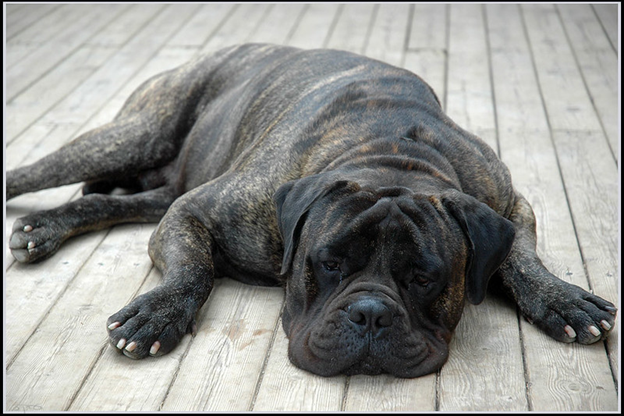
Lastly on our list is the Bullmastiff. The Bullmastiff has a mind of their own, and like the Great Dane, the Bullmastiff will do what they want if not trained right. Take into account that they weigh-in at 110lbs-130lbs for males and for females 99lbs- to 110lbs, they can easily overwhelm an owner who isn’t ready to stand up to them. A Bullmastiff much like a Great Dane requires consistent, positive training, plus firm boundaries. That can get difficult for a novice owner to pull off. The Bullmastiff breed is challenging even with obedience training.
Thus, we have concluded our list for Top 7 Worst Dog Breeds For New Owners. Now we are not telling you to not get any of these breeds, just merely warning you of what is in store for you. Dad here at Kittystead has grown up with all sorts of breeds and is familiar with how to train dogs and there are some of these he loves from afar but would not want to bring home, because they can be a lot to handle. We hope you enjoyed today’s blog. Be sure to sign up for the Kittystead newsletter for tips, tricks, and more to come to Kittystead. Happy New Year everyone.
